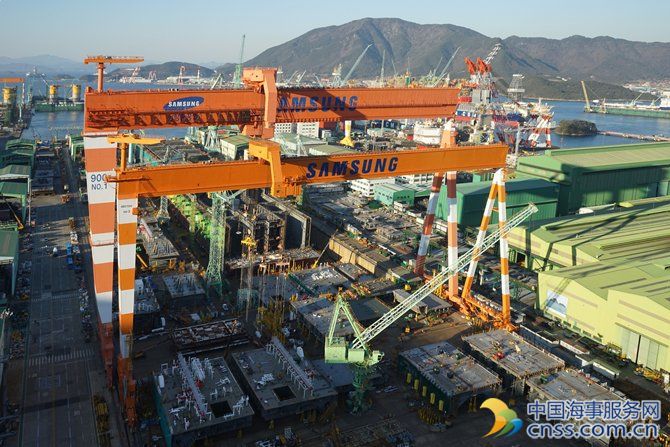Creditors Approve HHI’s, SHI’s Rescue Plans as DSME Rolls Out New Cuts

South Korean “Big Three” shipbuilders seem to have caught the last train to avoid bankruptcy as they battle industry headwinds, especially with 2016 turning out to be one of the toughest years for the shipbuilding industry yet.
Specifically, two of the country’s trio, Hyundai Heavy Industries (HHI) and Samsung Heavy Industries (SHI) have reportedly received an approval from their respective creditors to go ahead with their self-rescue plans, Yonhap news agency informed citing industry sources.
HHI’s self-rescue scheme includes cuts and asset sales worth up to USD 2.94 billion, whereas SHI’s cost cuts of KRW 1.5 trillion include up to 1,500 redundancies, selling of KRW 200 billion worth (USD 169 million) of real estate assets and disposing of stakes in Doosan Engine.
The respective approvals given by KEB Hana Bank and Korea Development Bank will pave the way for the two shipbuilders to speed up their restructuring processes.
The battle for financial survival has seen troubled Daewoo Shipbuilding & Marine Engineering Co. (DSME) up the ante as it revealed new details of its self-rescue plan estimated to be worth over KRW 4 trillion (USD 3.35 billion).
In line with the plan aimed at cutting costs and bolstering the yard’s liquidity, DSME is to sell some 14 subsidiaries at home and abroad by 2020 and lay off 1,200 workers in the next five years, Yonhap writes citing industry sources.
The assets being targeted by the sale are said to cover DSEC, Samwoo Heavy Industries, Shinhan Machinery and Welliv subsidiaries.
In its latest attempt to fight liquidity woes, the ailing shipbuilder decided to sell its Seoul headquarters building for USD 152 million to Koramco REITs Management & Trust Co.
Earlier in May, DSME submitted a USD 1.55 billion self-restructuring plan to the company’s creditors, led by the state-run Korea Development Bank, who will decide whether to approve the measures proposing cuts in DSME’s workforce and wages, as well as temporary closure of docks.
HEADLINES
- Do shipping markets want Biden or Trump for the win?
- All 18 crew safe after fire on Japanese-owned tanker off Singapore
- Singapore launching $44m co-investment initiative for maritime tech start-ups
- Cosco debuts Global Shipping Industry Chain Cooperation Initiative
- US warns of more shipping sanctions
- China continues seaport consolidation as Dalian offer goes unconditional